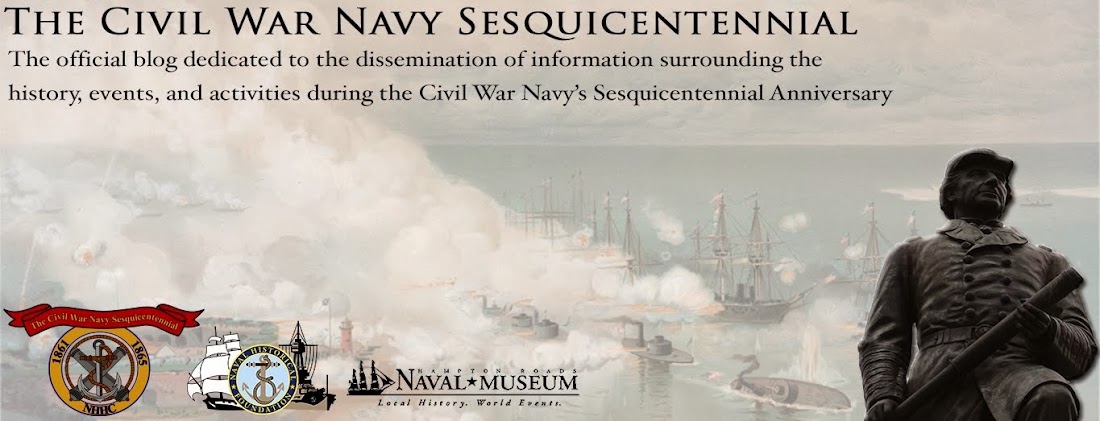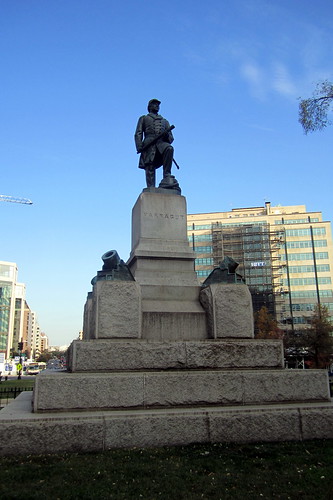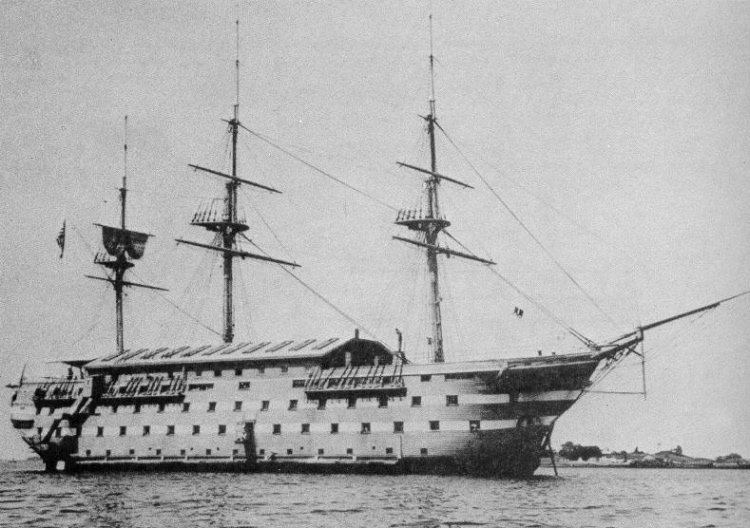 As we are now in the final days before the sesquicentennial anniversary of the American Civil War, it would only be fitting to highlight some new ideas and activities surrounding the CWN 150 for our devoted readers.
As we are now in the final days before the sesquicentennial anniversary of the American Civil War, it would only be fitting to highlight some new ideas and activities surrounding the CWN 150 for our devoted readers.One of the most celebrate activities during the New Year is the countdown of the ball in Times Square. Everybody gathers around the television (or if you are lucky enough to be there in Times Square) to count down the final 10 seconds of the previous year, celebrating the first seconds of the proceeding one in joyful applause and embrace.
Here is our own "Top 10" list of new features and activities for CWN 150 readers to get involved with.
1. Featured Blog Tabs
 The newest feature to the blog are the series of tabs at the top of the page. These allow you ease of access through the site, as well as provide some helpful links to other CWN 150-related pages. As you can see from the picture above, the tabs are as follows:
The newest feature to the blog are the series of tabs at the top of the page. These allow you ease of access through the site, as well as provide some helpful links to other CWN 150-related pages. As you can see from the picture above, the tabs are as follows:
- Home - takes you back to the CWN 150 Blog home page
CWN 150 Bloggers - a list of all the current CWN 150 bloggers with their emails and info - Organizations - participating CWN 150 organizations
- Publications - a list of all current CWN 150/NHHC publications
- Links - Need another CWN 150-related link? Find it here
- Facebook - directly links you to the official CWN 150 Facebook page
- NHHC CWN - directly links you to information on the Civil War Navy, courtesy of NHHC
- Boards - directly links you to the official CWN 150 Message Board (see below)
- ORN - directly links you to a complete and free view of the Official Records of the Union and Confederate Navies During the Rebellion. These records are also available for FREE on Google Books.
- Questions? - Have a question about the Civil War navies? Click this tab to directly link to your email
2. Get Involved with Facebook
It is no surprise that Facebook is the #1 social networking tool in the world. Many (if not all) of you have Facebook accounts. Help us spread the word and awareness of the Civil War Navy Sesquicentennial by "liking" the Civil War Navy Sesquicentennial on Facebook. Simply search "Civil War Navy Sesquicentennial" to get to the page, or click the direct link HERE or on our tab on the CWN 150 blog home page. Stay connected and up to date!
3. Featured Polls
Over the past two months, we have asked readers about who they felt was the most influential Civil War naval officer. The results and comments thus far have been very positive. As the poll continues into its quarterfinal round, we will likely post other interactive this blog. Submit your vote today!
4. CWN 150 Message Board
As of today, the CWN 150 has its own message board. It is free to sign up and start contributing and interacting with fellow CWN 150 readers and enthusiasts. Forum topics include everything from general CWN discussion to the ships, sailors, and organization of the Union and Confederate navies. You can click the tab to link you there, or by clicking HERE to the forum index.
5. Updated Calendar of Events on CWN 150 Blog
Several 2011 events are now added to the calendar located at the top page of the blog. If you have an event that you would like to see on the CWN 150 blog calendar or Facebook page, please email Matthew Eng at matthew.t.eng@navy.mil.
6. CWN 150 Special Edition Daybook Available for Download
As stated before in previous blog entries (30 November 2010), the Civil War Navy Special Edition Daybook is now available for FREE download HERE. You can also access the page by clicking on the "Publications" tab.
7. Future Online Contests for Prizes
Future online contests for prize incentives will become an excellent way to foster growth and interest in the sesquicentennial in upcoming years. Stay posted.
8. Getting Involved with the CWN 150
Have an interest in the Civil War and its navies? Enjoy writing or researching? If you are, then click on the "Questions" tab to email about your interest in getting involved with the CWN 150. We are always looking for new people to help with the blog or Facebook page. If this is you, don't delay! If you are an undergrad currently in college or are a prospective college student email Sarah Adler at sa0374a@student.american.edu for more information.
9. Civil War Navy Card Game in Final Development Stages
We are nearing the final stage of development of The Fight at Sea: Anaconda trading card game. Please check back for details on how you can get involved and start playing today. If you would like info on current details, email Gordon Calhoun at gordon.b.calhoun@navy.mil.
10. Coming Soon: CWN 150 Podcasts and Youtube
One of the goals of the CWN 150 in the next year is to have not only a Civil War Navy Youtube video page, but a weekly or biweekly podcast devoted to any and everything Civil War Navy Sesquicentennial. Stay posted for more details.
I hope this is some exciting news for many of you. Have a safe and happy new year.
Full Speed Ahead,
Matthew T. Eng
Coordinator, Civil War Navy Sesquicentennial














































